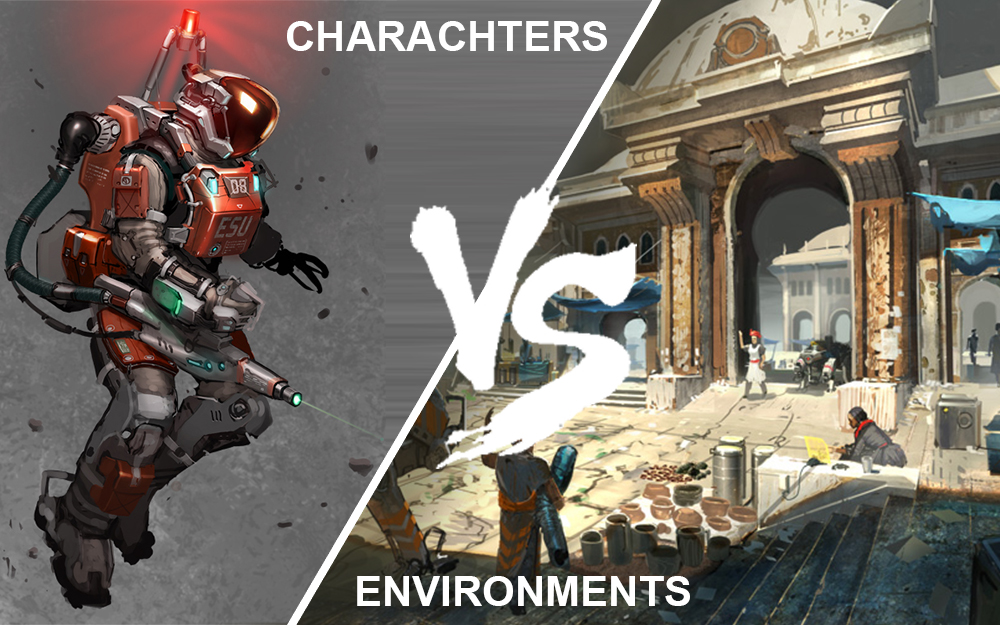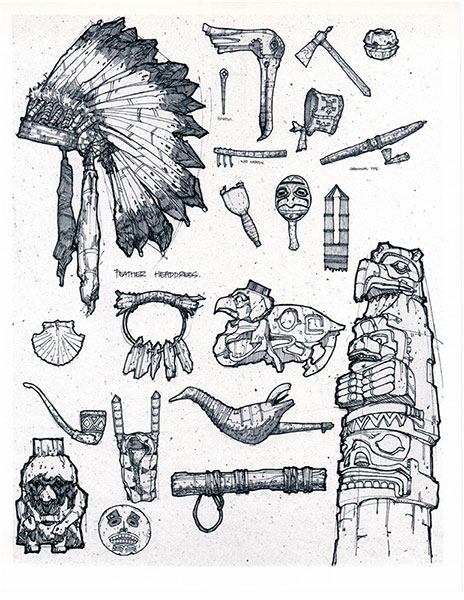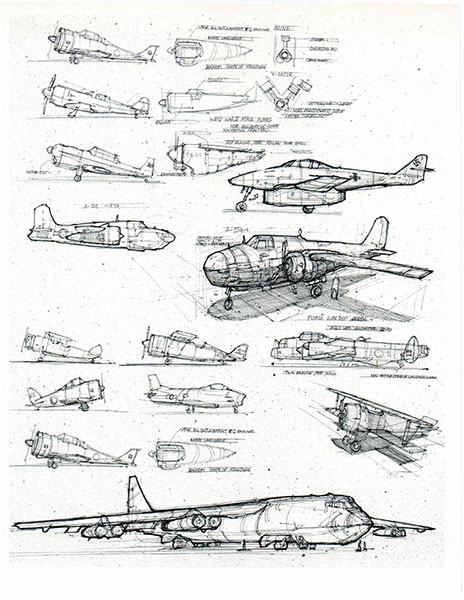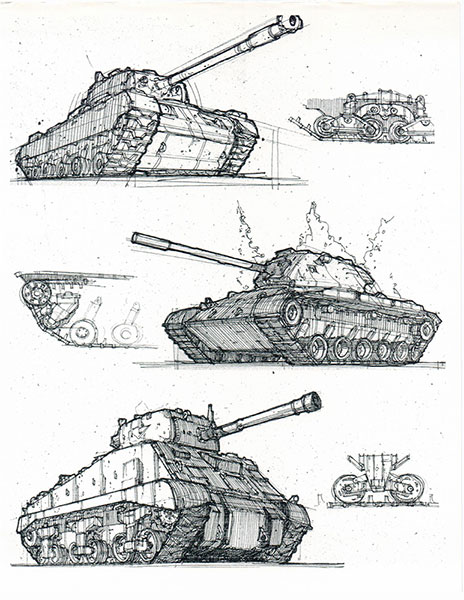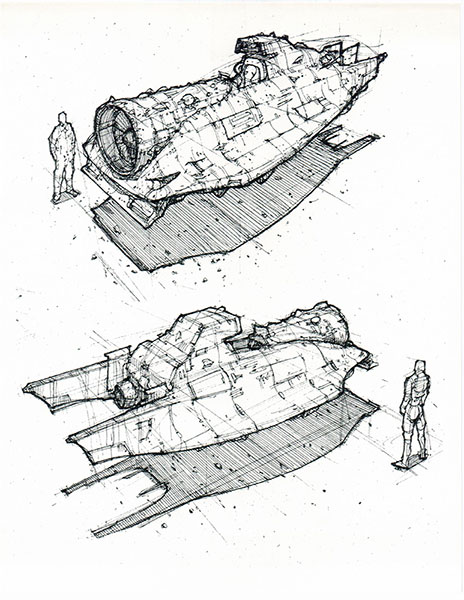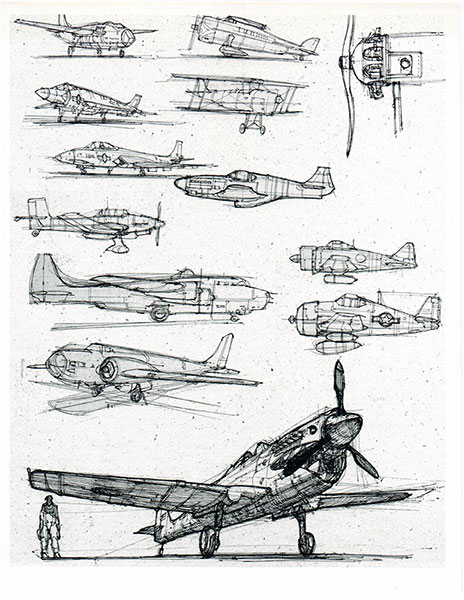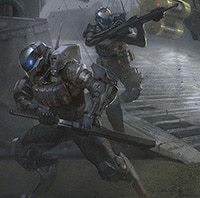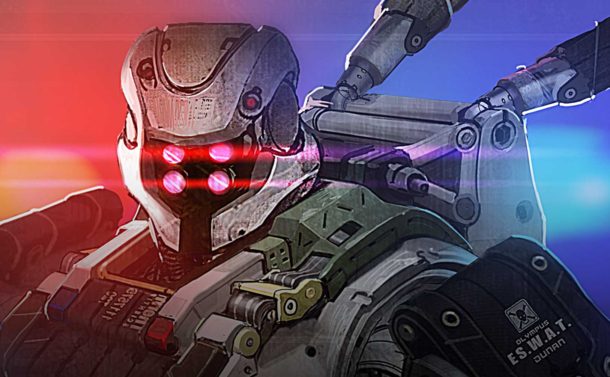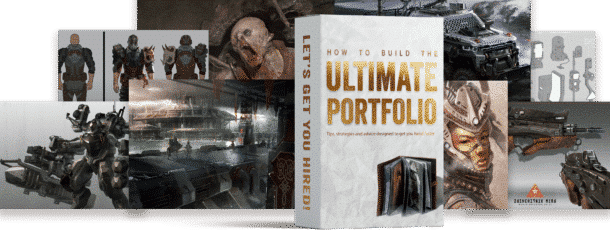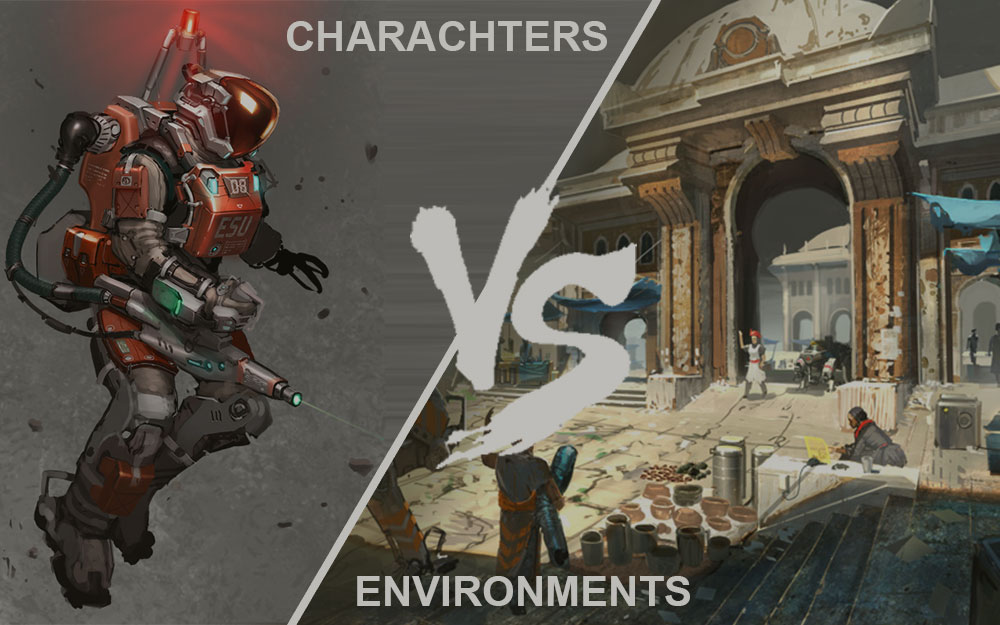
by Eliott Lilly | Oct 12, 2015 | Portfolio Advice, Questions
FIRST OF ALL I WOULD LIKE TO GIVE YOU A SPECIAL THANKS FOR THE GREAT ARTICLE ON ART STATION:
10 THINGS TO DO BEFORE YOU APPLY FOR A CONCEPT ART JOB
I REALLY ENJOYED IT AND FOUND IT VERY USEFUL. MY NAME IS HASAN SALAMAH AND I LIVE IN KUWAIT. I JUST STARTED STUDYING 3D STUDIO MAX ON MY OWN SINCE THERE ARE VERY FEW 3D SCHOOLS/ INSTITUTES WHO TEACH 3D MAX HERE. I STARTED BY DESIGNING SIMPLE CHARACTERS BECAUSE I ENJOYED IT, BUT WHAT I WANT TO ASK YOU IS: HOW CAN I DISCOVER WHAT I NEED TO STUDY IN 3D MAX? ALSO, WHAT SHOULD I STUDY IN 3D MODELING? CHARACTER OR ENVIRONMENT DESIGN OR … ETC?
THANKS.
Hey Hasan, I am glad you liked the article on ArtStation.
If you are having a hard time finding a school in Kuwait that specializes in 3D modeling, then you will have to go elsewhere to learn. While schooling can be extremely beneficial, a lot of the same information can be found online at various websites for free. Luckily the internet is your friend. Head over to my Resources Page and check out the “Schools” and “Tutorial” sections; they should get you pointed in the right direction. Just remember: self studying can be a great way to learn, but you need to remain diligent and focused in your studies, otherwise you may end up “plateauing” artistically.
While I think you should practice and learn as much as you can in all areas of 3D modeling, at some point, you will need to focus your portfolio to land a job in this industry. The good news is that you are already asking yourself the right questions such as: “What do I want to specialize in- hard surface modeling or characters?”
Everyone gravitates towards character design naturally, but the reality is that there are fewer jobs available for 3D character modelers than there are for environment modelers.
That is because in any game or movie, there may only be a handful of characters on screen, but may be 3 times more environments. That means that studios have a greater need for environment artists than character artists. As such the competition for these few character jobs is extremely high and unless your modeling skills are amazing, then you likely wont get the job. Therefore, you may want to start building your environment and props portfolio.
For a more in depth look, I suggest you check out:The Big Bad World of Concept Art For Video Games; An Insiders Guide For Students It is a guide book for students just like you and answers ALL of your questions and more. It is written for concept artists, but every word in the book holds true and is relevant for anyone who wants to be a 3d artist. Chapter 1 is an overview and describes what its like to work in the industry. Chapter 2 discusses which schools you should attend, what you should be studying and how to make the most of your education. Chapter 3 talks about the things you should be learning outside of school to cultivate your talents, and Chapter 4 discusses how to build a portfolio to get the job you want in the industry. Chapter 5 offers words of wisdom and insight from some of the leading concept artists in the industry. There’s even a recommended resources chapter in the back of the book to get you started.
I hope that helps.
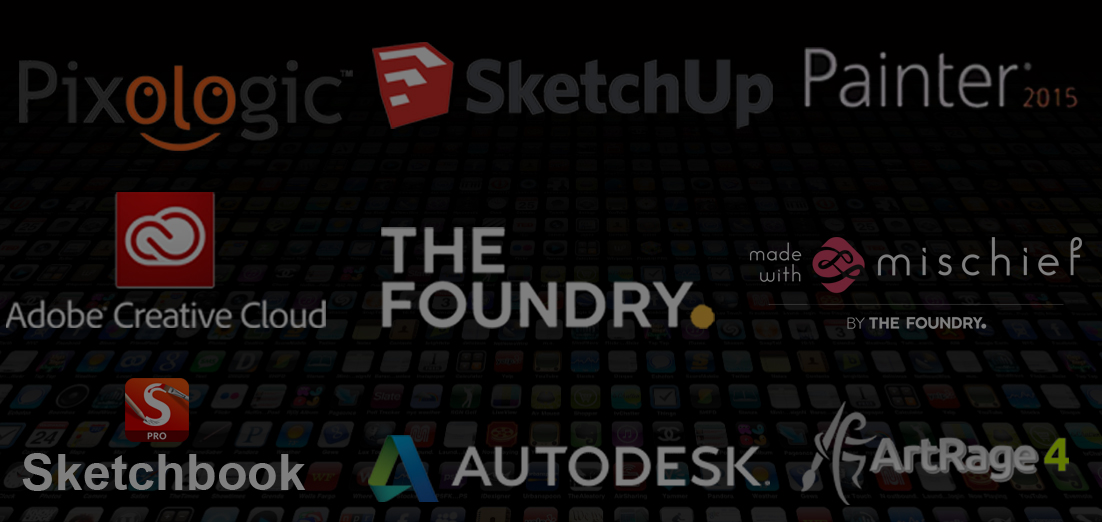
by Eliott Lilly | Oct 7, 2015 | Questions
Question submitted by Devere, W.
CAN I USE THE FREE VERSION OF GOOGLE’S SKETCH UP FOR COMMERCIAL PROJECTS? IF SO, WHICH ONE?
Hmm, I’m not sure- you’d have to check with their user guidelines. (I wouldn’t want to give you bad information. Each program and company sets their own end user agreements and guidelines. You will have to read their fine print). In the past, I’ve only used Sketchup for my personal work, I found it helpful when making environments and such, but I have since moved on to other programs. (Like Modo/ 3DS Max, etc.) It is amazing to see how you can progress from the free options to more powerful programs on the market, though.
For what its worth, I generally don’t use free software on commercial projects. Many people do, though, and there’s no shame in that. It is why sites like Fileproto.com exist, after all. Still, I personally believe that if you are making a living as a professional, then you should support the people who make your software, so they can make a living too. As such, I own licenses for the software I use commercially. If you are a student, however, you can take advantage of all kinds of free, or severely reduced cost software. For example, take a look at the free fonts on https://www.fontspace.com/commercial-fonts that are specifically designed with commercial projects in mind. You may want to check with your school, or software manufacturer directly to discover what kind of discounts you are eligible for.
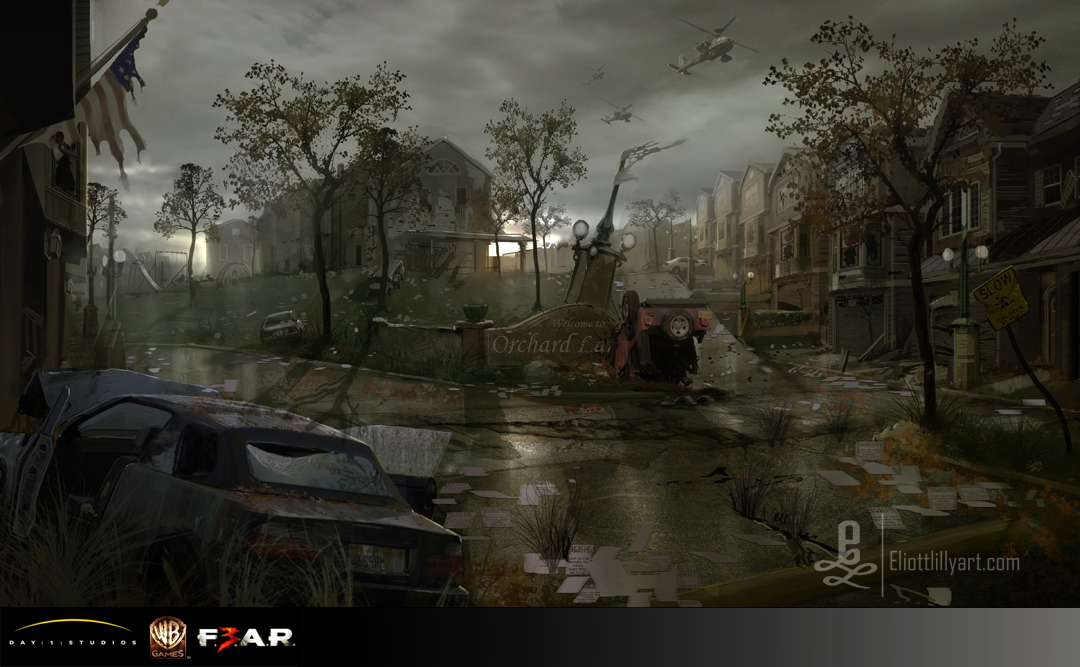
by Eliott Lilly | Sep 23, 2015 | Questions
Here are a few short answers to some of the most frequent questions I get asked by students about various types of hardware used for concept art.
Do you know a good drawing tablet for my computer that I can get around the $100-$200 range?
Yes and no. There are several cheap/ generic tablets out there, but from what I’ve seen, they all have quirks or drawbacks of some kind. Even some of the student versions of professional tablets (like the Wacom Bamboo) can offer a less than perfect drawing experience. Therefore, when possible, I believe that it is better to spend a little more money to purchase the industry standard tablet (Wacom Intuos/ Cintiq) and consider it an investment in your future, than to compromise and purchase a sub-par product. Even if you can’t afford the latest greatest Wacom product, you may be able to afford the last generation or two of their tablets. Or consider buying it used or refurbished.
Personally, I like drawing with traditional media (pen/markers/paint), but I see a lot of concept art online is done digitally. I own a Wacom Cintiq and know how to do digital paintings in Photoshop, but I am way faster with pen and paper so the majority of my drawings are done manually. Should I be switching over to digital, or does traditional media still have a place in video game design?
I believe that whatever works the fastest, whichever one you are most comfortable and efficient at using, or whichever one gives you the best end result is the medium that you should choose. This all depends on your task at hand, so the medium you choose may change from assignment to assignment. Being open to all kinds of mediums is probably best. In my experience however, I mainly work digitally because I like “UNDOs” and scanning in loose pieces of paper is a hassle. You will have to develop your own preference. Occasionally I’ll have trouble with the photoshop pen pressure not working, but for most digital artists it’s a quick fix and doesn’t affect your overall flow.
Also keep in mind that the work you see displayed on online galleries, is just that: for show. It doesn’t paint an accurate picture of what concept art is.
For example: when dealing with clients I give them all them the same speech. I say: “Hey, I can make this one image super sexy with lots of polish and lens flares,.. but it will take a week. Or I can bang out 3 super quick dirty concepts in a day and we can polish from there. Which do you want?….”.
Guess what they say 10 out of 10 times………. YUP: Quick and dirty. Because ultimately its not about the render or the finish. Its about the ideas. And that is what the client is paying you for: your brain. So they get more bang for their buck when they can see more ideas.
That was my long-winded way of saying the same thing I said in the first sentence. You’re welcome.
What medium is the most relevant for concept design?
In my opinion, there is no relevant medium. Every medium and process has its advantages and disadvantages; use whatever tool you can to get the job done as best and as fast as possible. You should also keep in mind that there are things you can do with traditional mediums that computers will never be able to fully emulate, just like there are digital manipulations and happy accidents that occur on the computer that would take you forever to replicate by hand. By being open to all mediums, you will increase work-flow productivity and stave off boredom.
If you have questions that are not answered here, send a email to eliott@eliottlillyart.com. It may take some time, but I will do my best to respond.
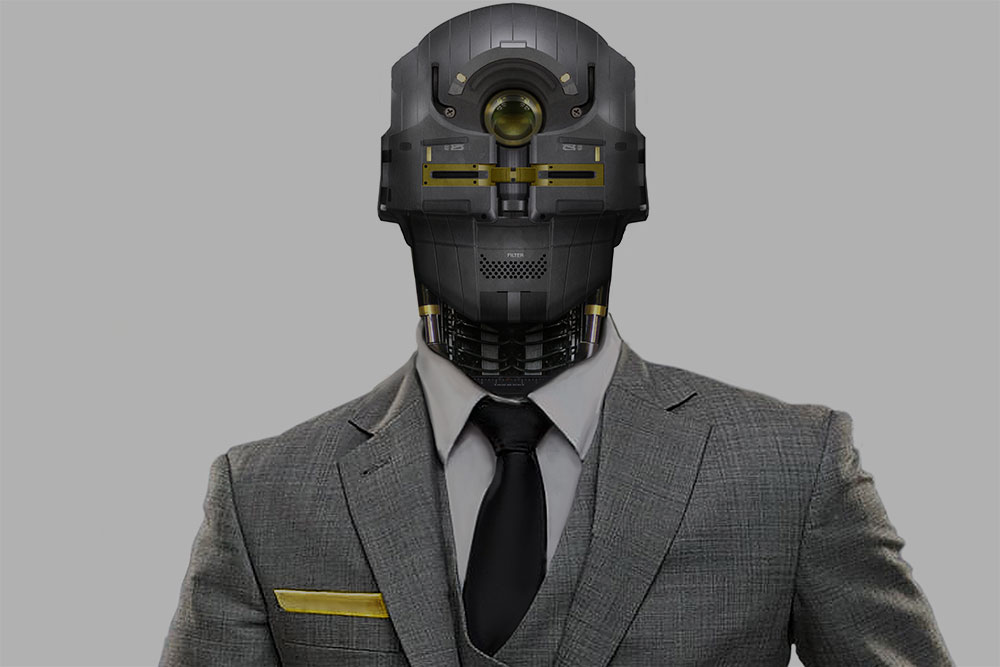
by Eliott Lilly | Sep 14, 2015 | Questions
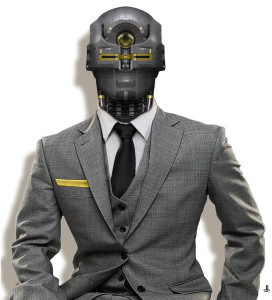
As an author of this blog, readers usually ask me (Eliott Lilly) questions about the concept art industry, but every now and then I also get asked personal questions as well. Here are a few short answers to the questions frequent asked about myself.
I noticed that you deal with mostly gun designs and mech based units. Where do you get your inspiration for some of these works?
I, like most people, draw inspiration from everywhere. I keep a watchful eye on “Life” and absorb everything like a sponge. This means being attentive to things like current events, nature, books, movies, etc. In fact, some of my favorite pieces off art are a result of my natural curiosity to understand Life. If, while walking down the street I see something of interest, then I may photograph it, so it can be researched further when I get home. This leads to a deeper understanding of what things are and how they work. Form there, it’s just a matter of incorporating what I have learned into my own design ideas, then turning that idea into an image. This mash up of random ideas usually yields a unique (and hopefully cool) looking end result. If you are struggling with an idea, you may want to try this as well.
Do you rely on computer graphics or do you still draw daily?
I do both. Every day I paint for hours on the computer (usually for work or personal projects), but I reach for my sketchbook whenever I have to quickly problem solve an idea in my head. I do this because, despite all of the advances in technology, I still find that drawing on paper with pencil is the quickest and easiest way to explore ideas and gather my thoughts.
I’m trying to improve my book and Reference library – I’m curious to know what you would recommend.
Buying books is great way to learn. I have hundreds. Check out the recommend resources page to see my personal favorites.
If you would like to ask your own question, feel free to drop a line to me@eliottlillyart.com. It may take some time, but I will do my best to respond.
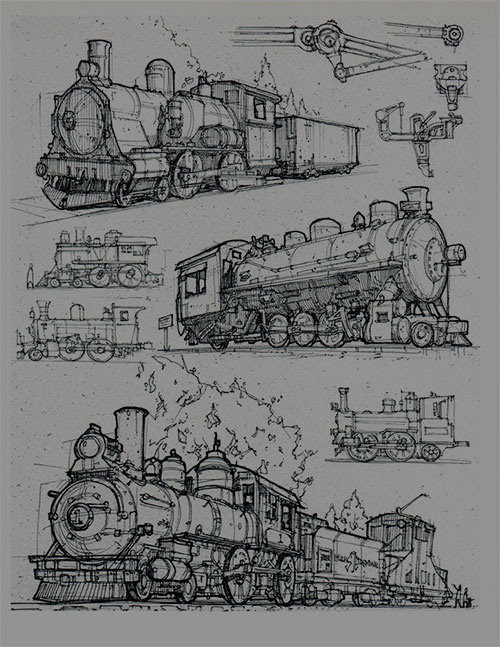
by Eliott Lilly | Sep 7, 2015 | Questions
Question submitted by Devere W. Sketches provided by James Paick
I was wondering if there is any value to including sketches in my portfolio, (call outs of details and other parts of the development process) or if its best to stick to single image presentation of designs like you did in your portfolio?
Hey Devere
Because concept artists are basically creative problem solvers, sketching and brain storming is usually the first step in the design process. Instead of asking: “Should I include sketches in my portfolio?”, you should be asking: “What is the benefit to showing my sketches in my portfolio?”. That means you will have to determine how much value is in the sketches themselves. I think showing sketches works best when they accompany a polished image (as call-outs)
I would include sketches if they :
- Offer additional information or clarity that cannot be found in the finished image
- Demonstrate a good understanding of the foundation skills (like form, anatomy, perspective etc.)
- Are clean, presentable and can be organized well on a page.
Below is a good example of “portfolio worthy” sketches. If your sketches are on a similar level, then you may want to consider including them in your portfolio.
You also want to make sure that you have enough sketches to be consistent in both quality and quantity. Check out Feng Zhus school gallery to get an idea on how to arrange sketches in your portfolio. http://fzdschool.com/entertainment
Being that you come from an industrial design background (and assuming you are in the habit of designing not only the function of an object, but that object from all angles… chances are your sketches will make a great addition to your portfolio.
Hope that helps.
-Eliott


